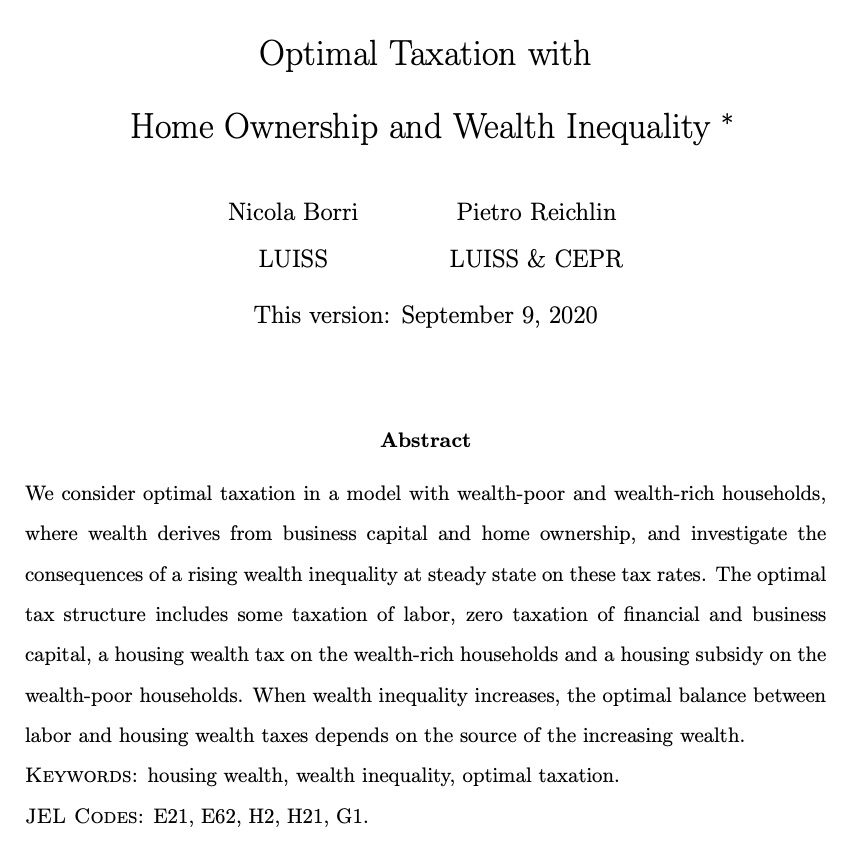My daily #COVID19 update for #Italy is short, as @DPCgov did not update the github repository. It seems it will resume updating on March 25. However, the good numbers of yesterday are confirmed. The measure of #StayAtHome seem finally to be working.
Italy (aggregate)
new infected (t-2,t-1,t): 6557->5560->4790
deaths (t-2,t-1,t): 793->651->602
#StayAtHome
new infected (t-2,t-1,t): 6557->5560->4790
deaths (t-2,t-1,t): 793->651->602
#StayAtHome
data was uploaded late on GitHub but now available. Some more comments and figures in following tweets.
1/ rate of growth in number of tests declined with respect previous day. This is a number to follow, as the number of infected depends clearly on the number of tests. Also number of tested positive per test went up to almost 30% 



2/ Slow down in the growth rates of deaths and infected in most regions. I think better to focus on evolution of deaths. Growth rate in Tuscany still concerning. Marche and South along better trajectories. 

3/ Finally, in figure area of "recovered" is becoming larger. This is good news. #StayHome #staysafe #StayStrong 

• • •
Missing some Tweet in this thread? You can try to
force a refresh












